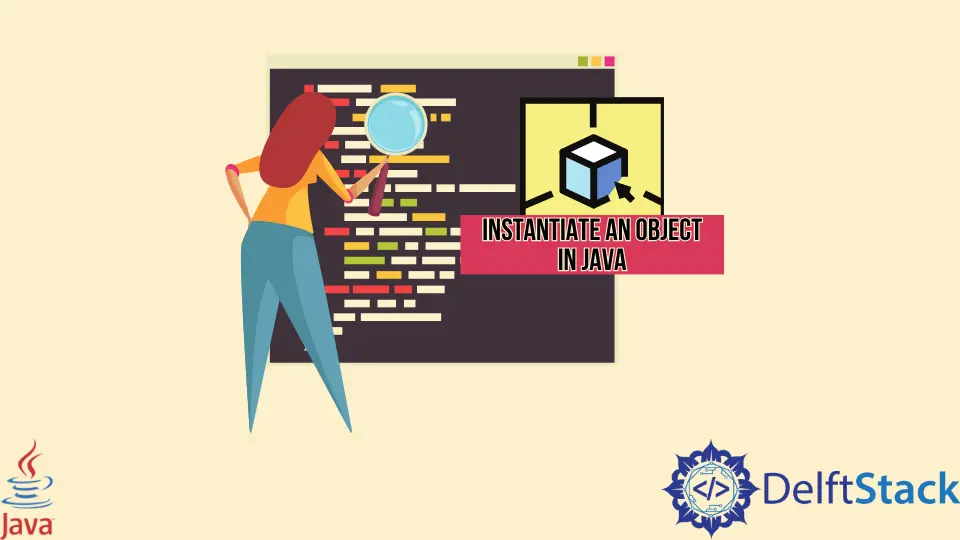在 Java 中实例化一个对象
Hiten Kanwar
2023年10月12日

在 Java 中,对象被称为类的实例。例如,让我们假设一个名为 car 的类,那么 SportsCar、SedanCar、StationWagon 等都可以被认为是这个类的对象。
在本教程中,我们将讨论如何在 Java 中实例化对象。
使用 new 关键字,我们可以在 Java 中创建类的实例。请记住,我们不会在 Java 中实例化方法,因为对象是类的实例而不是方法。方法只是类拥有的一种行为。
通过创建一个类的对象,我们可以通过另一个类访问它的公共方法。就像下面的代码一样,我们在第一个类中创建第二个类的实例,然后在第一个类中使用第二个类的方法。
// creating a class named first
public class First {
public static void main(String[] args) {
Second myTest = new Second(1, 2); // instantiating an object of class second
int sum = myTest.sum(); // using the method sum from class second
System.out.println(sum);
}
}
// creating a class named second
class Second {
int a;
int b;
Second(int a, int b) {
this.a = a;
this.b = b;
}
public int sum() {
return a + b;
}
}
输出:
3
如果我们希望从同一个类的另一个方法中访问一个类的方法,如果该方法被声明为 static,则没有必要实例化一个对象。
例如,
public class Testing {
private static int sample(int a, int b) {
return a + b;
}
public static void main(String[] args) {
int c = sample(1, 2); // method called
System.out.println(c);
}
}
输出:
3
在上面的示例中,我们可以调用方法 sample(),因为这两个方法属于同一类,并且 sample() 被声明为 static,因此不需要对象。
但是如果两个方法属于同一个类,我们仍然可以执行对象实例化,如下所示。如果该方法未声明为 static,则完成。
请参考下面的代码。
public class Testing {
private int Sample() {
int a = 1;
int b = 2;
int c = a + b;
return c;
}
public static void main(String[] args) {
Testing myTest = new Testing();
int result = myTest.Sample();
System.out.println(result);
}
}
输出:
3